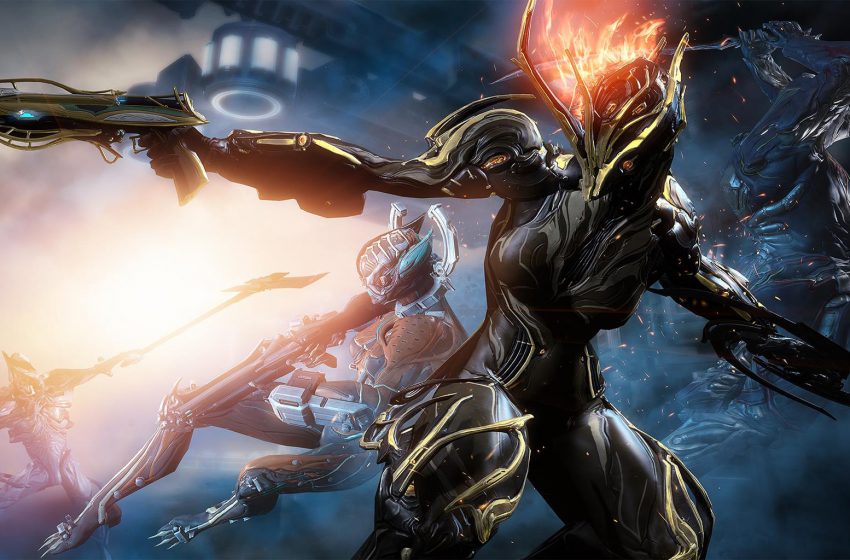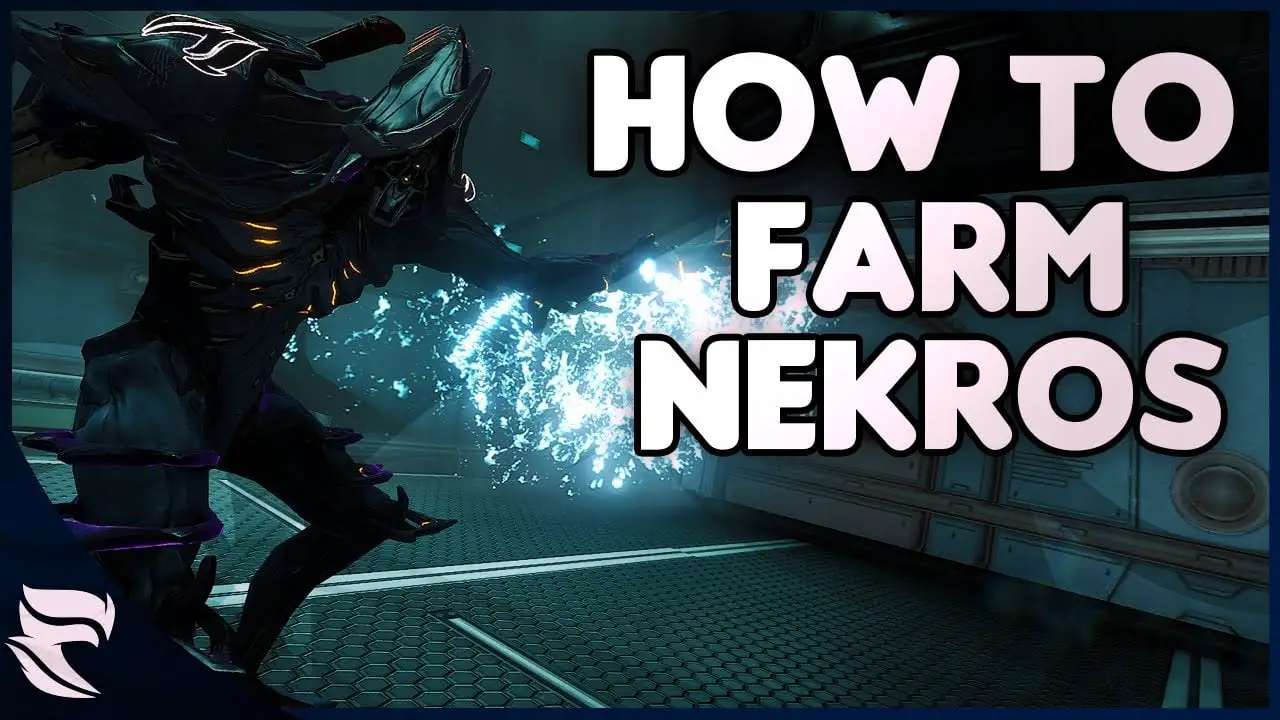
These components drop in bundles of 1 to 4, especially in the Survival and Dark Sector Defense missions in Elara and Sinai, Jupiter. The final Neuroptics material, Neural Sensors, are rare loot that sometimes drop from enemies and containers on Jupiter and the Kuva Fortress, but you can also find them on the corpses of the Raptors and Alad V bosses. Plastids are always for sale in the Market at 300 Plastids for 30 Platinum. Plastids drop in quantities of 10 to 30, and Piscinas, Saturn is an ideal farming location since it is yet another Dark Sector Survival mission. Plastids, the third uncommon component needed for Neuroptics, are found in enemies and containers on Saturn, Uranus, Phobos, and Eris. If you want to skip the grind, though, you can purchase 300 Polymer Bundles from the Market for 30 Platinum. Enemies and containers can drop these components in bundles of 40 to 80, but the Dark Sector Survival mission in Assur, Uranus may be your best bet for farming. Polymer Bundles are another uncommon material and found on Mercury, Venus, and Uranus. Plus, you can purchase 450 Rubedo from the Market for 30 Platinum. However, the Dark Sector Survival mission in Zeugma, Phobos is apparently a great location to farm for Rubedo. Enemies and containers in these areas can bleed anywhere between 15 to 25 Rubedo. Rubedo, an uncommon drop, is found on Phobos, Earth, Pluto, Europa, Sedna, and the Orokin Void. Harrow’s first part, Neuroptics, requires 1,500 Rubedo, 4,000 Polymer Bundles, 2,000 Plastids, and 5 Neural Sensors.


While a lot of time and grinding is necessary, at least you don’t have to farm bosses for blueprints, which is a rarity in Warframe. Each part is crafted from its own required materials and blueprints. Harrow is divided into three parts: Neuroptics, Chassis, and System. The best way to obtain Harrow is to craft it with tons of materials and credits, as well as some rare blueprints. Getting Started on HarrowĪ complete Harrow isn’t just waiting to be looted from a random chest.
Warframe fluctus parts farm how to#
Here’s how to get and build all of Harrow’s parts. The Harrow Warframe is instantly recognizable thanks to its tall head and thurible, but like all Warframes, you cannot obtain Harrow without a significant sacrifice to the gods of grinding and RNG. Particularly (sado)masochistic gamers who want to sacrifice their shields for some serious buffs and transform enemies’ dying breaths into energy will be attracted to Harrow. From the stealth-happy Ash to the high-tech bard Octavia, there’s a class, otherwise known as a Warframe, for everyone. The Fomorian Sabotage will appear on the Star Chart as a mission node, beside the chosen planet's active Relay.Warframe is no slouch when it comes to classes. If a Fomorian is not destroyed before the time listed for it to reach the Relay is over, the Fomorian will destroy the Relay, permanently leaving it in a wreckage of ruins and can no longer be accessed. Imperator Vandal Imperator Vandal Blueprint (10.00%) Imperator Vandal Imperator Vandal Barrel (10.00%) Imperator Vandal Imperator Vandal Receiver (10.00%) Does Fomorian destroy relays? The Fomorian Disruptor is a special Gear item essential in fighting against Grineer Balor Fomorians by disrupting the defenses surrounding their power cores. They are a real threat, and their objective is to destroy our relays.


Now, we have got the complete detailed explanation and answer for everyone, who is interested! Asked by: Dennis SchimmelĪ Balor Fomorian is the most powerful ship in the Grineer fleet, able to destroy entire cities in the blink of an eye if it's given the opportunity to do it. This is a question our experts keep getting from time to time.


 0 kommentar(er)
0 kommentar(er)
